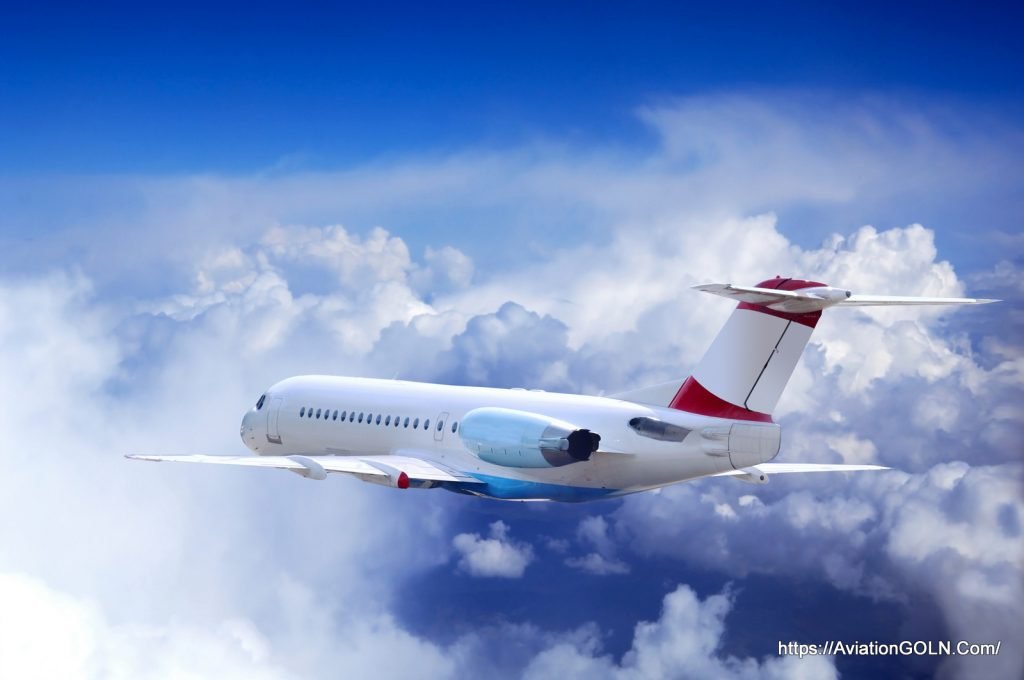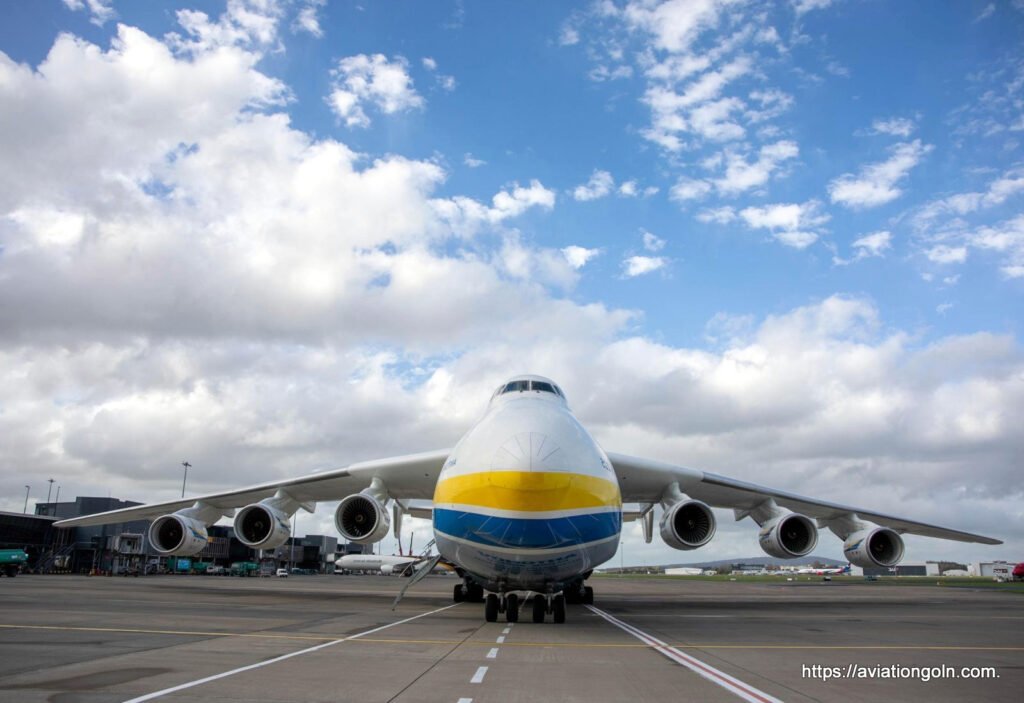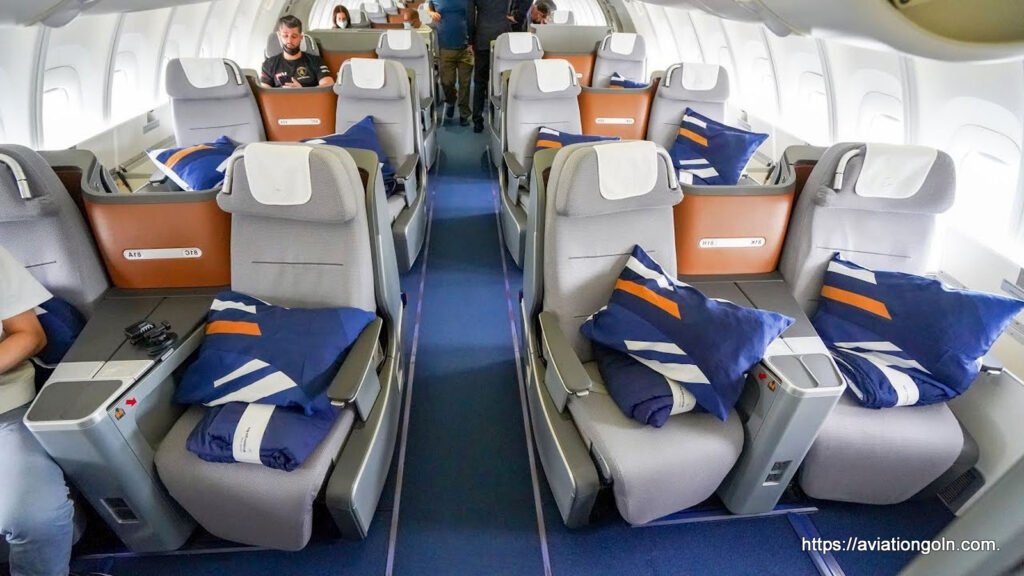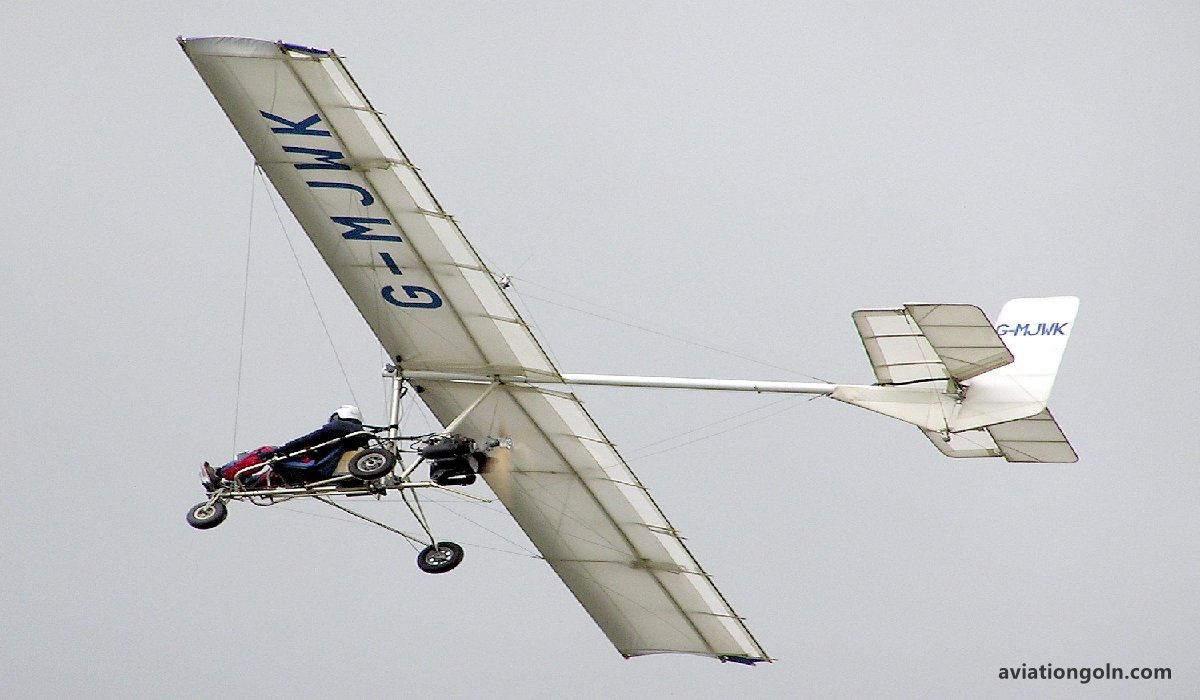Types of Aircraft: The world of aviation has seen an astonishing evolution since the Wright brothers first took to the skies in 1903. Over the course of a century and more, the types and designs of aircraft have diversified to meet specific needs in transportation, defense, research, and recreation. This article explores the major types of aircraft, delving into their specific uses, designs, and notable features.
Types of Aircraft

1. Commercial Airliners
a. Narrow-body airliners: These are single-aisle aircraft primarily used for short-haul flights. Examples include the Boeing 737 and the Airbus A320. They usually seat between 100 and 240 passengers and have become the backbone of many airline fleets due to their fuel efficiency and ability to service smaller airports.
b. Wide-body airliners: Featuring two aisles, these planes are typically used for long-haul flights and have a larger seating capacity than narrow-body planes. Examples include the Boeing 777, Airbus A350, and the Boeing 747. They often feature amenities such as sleeping berths, in-flight entertainment systems, and larger storage capacities.
c. Regional jets: These are smaller than the typical narrow-body airliners and are used for shorter routes or less-traveled routes. They have fewer than 100 seats and examples include the Embraer E-Jet series and the Bombardier CRJ series.

2. Cargo Aircraft
Specifically designed to transport goods, these planes prioritize cargo space over passenger comforts. Examples include the Boeing 747-8F and the Lockheed C-5 Galaxy. Their design often allows for easy loading and unloading of goods, including oversized cargo.

3. Military Aircraft
a. Fighters: Built for agility and speed, fighter aircraft are designed primarily for air-to-air combat against other aircraft. Famous examples include the F-22 Raptor and the MiG-29.
b. Bombers: These are larger than fighters and are designed to carry and drop bombs or torpedoes. Notable examples include the B-2 Spirit and the Tupolev Tu-95.
c. Transport and Refueling: These are large aircraft designed to carry troops, supplies, or other aircraft fuel. The KC-135 Stratotanker (refueling) and the C-130 Hercules (transport) are two prime examples.
d. Reconnaissance and Surveillance: These are equipped with advanced sensors and cameras to monitor enemy movements and gather intelligence. The U-2 and the RQ-4 Global Hawk drone are notable examples.

4. General Aviation
This category encompasses a wide variety of aircraft types used for personal, business, and instructional purposes.
a. Single-engine piston aircraft: These are the most common type of general aviation aircraft. They have a single piston engine, typically at the front, and are used for private travel, flight training, and sometimes for small-scale commercial purposes. Examples include the Cessna 172 and the Piper PA-28.
b. Multi-engine piston aircraft: Featuring more than one engine, these aircraft offer redundancy in case of engine failure and are often faster than their single-engine counterparts. Examples include the Piper Aztec and the Beechcraft Baron.
c. Turboprop aircraft: These use a gas turbine engine to drive a propeller and are often used for regional flights. They combine some benefits of jets with the efficiency and short-runway capabilities of propeller aircraft. Examples are the Pilatus PC-12 and the Cessna Caravan.

5. Business Jets
Business or corporate jets are designed for transporting small groups of people at higher speeds than prop-driven aircraft. They can range from small, four-seat aircraft to large, wide-body jets. Examples include the Gulfstream G650, Bombardier’s Challenger series, and the Cessna Citation series.

6. Helicopters
Unlike airplanes which move forward for lift from their wings, helicopters achieve lift from rotating blades. They are versatile, capable of vertical take-off and landing, and can hover in place.
a. Civilian Helicopters: Used for various purposes including news reporting, medical transport, tourism, and corporate travel. Examples include the Bell 206 JetRanger and the Eurocopter EC135.
b. Military Helicopters: Used for transport, attack, reconnaissance, and other roles. Examples include the AH-64 Apache, the UH-60 Black Hawk, and the MI-24 Hind.

7. Gliders and Sailplanes
These aircraft are designed to fly without an engine. They’re towed into the air by another aircraft or launched from a winch, and then use thermal currents to stay aloft. Examples include the Schleicher ASK 21 and the Schempp-Hirth Duo Discus.

8. Experimental and Homebuilt Aircraft
Aircraft built by enthusiasts and professionals alike from kits or from scratch fall into this category. They allow for unique designs and configurations. The Rutan VariEze and the Van’s RV series are popular examples.

9. Ultralights
These are lightweight, single or two-seat aircraft used primarily for sport and recreation. They can often be flown without a special license in many countries. Examples include the Quicksilver MX and the P&M Aviation Quik.

10. Drones and UAVs
Unmanned Aerial Vehicles (UAVs) or drones range from small recreational models to large military drones. They can be used for everything from photography and surveillance to missile deployment.
a. Consumer Drones: Used mainly for photography and videography. Examples include the DJI Phantom series.
b. Military Drones: Used for reconnaissance, surveillance, and combat roles. The MQ-9 Reaper and the MQ-1 Predator are well-known models.

Conclusion
From the vast commercial airliners that ferry millions of passengers daily to the nimble drones that hover in our skies, the realm of aviation is diverse and continuously expanding. The type of aircraft chosen for a particular purpose depends on a range of factors including range, payload capacity, flight dynamics, and operational costs. As technology evolves, so too will the types and capabilities of the aircraft that soar above us.

